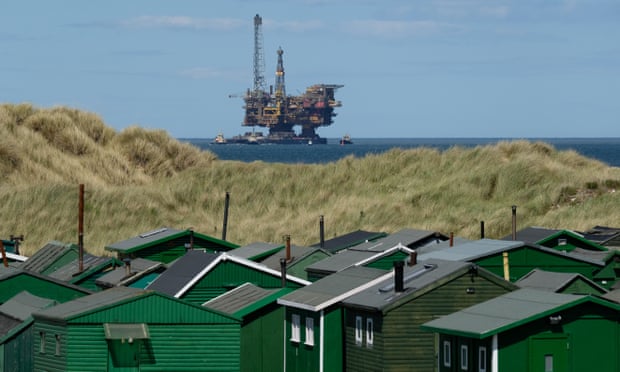Engineering is centre stage in the transformation of our energy and transportation infrastructure to respond to the climate crisis.
 |
| Engineer climate action |
"Plan A" remains tackling the problem at its source. A major UN climate science report released in South Korea makes it clear that slashing carbon pollution—even drastically—won't be enough to keep Earth from seriously overheating. Crisis management and seven ways to engineer climate are outlined with drawbacks in this article from Phys.org as a menu of "Plan B" geo-engineering solutions.
Direct CO2 capture… and prohibitively expensive and cannot operate at scale. Massive afforestation… and clash with food and biofuel crops. Bioenergy with carbon capture and storage… and scheme in conflict with food crops. Ocean fertilisation… and enhanced weathering.. and expensive to mine and mill. Biochar...and the stability of biochar used as a fertiliser. Solar radiation management … and what scientists call "termination shock"—a sudden warming if the system were to fail.1
The resolution of tension between options and outcomes is practiced daily by engineering professionals. The CBC reports that as climate change protests ramp up, Australian engineers are pushing for a zero-carbon future. More than 1,000 engineers have joined Engineers Declare, a movement that calls on its members to prioritize sustainability and push their industry toward a low-carbon future.
Jane Hadjion is one of the movement's coordinators and says her peers have a unique responsibility to address climate change.
"We're asking engineers to reassess what they do," she told Day 6 host Brent Bambury.
We're driving an inclusive movement, and we've been using [the] words "just and equitable transition."
So we don't want people to lose their jobs, and if they do lose their jobs, we would like the industry to collectively put its creativity hat on and plan a future where everybody is brought along.2
Engineers Declare supports that engineering teams have a responsibility to actively support the transition of our economy towards a low carbon future. This begins with honestly and loudly declaring a climate and biodiversity emergency.
Meeting the needs of our society without breaching the earth’s ecological boundaries demands a paradigm shift in our activities and our behaviours. Together with our clients, we will need to design and implement systems, infrastructure and technologies that can contribute to constantly regenerating and self-sustaining economic and ecological systems.
The research and technology exist for us to begin that transformation now, but we need to work together.3
Engineering teams, in the next decade, are the best equipped professionals in society to assess project merits “by the numbers”. Careers will be created for hundreds of thousands in support of this massive engineering undertaking.
References










